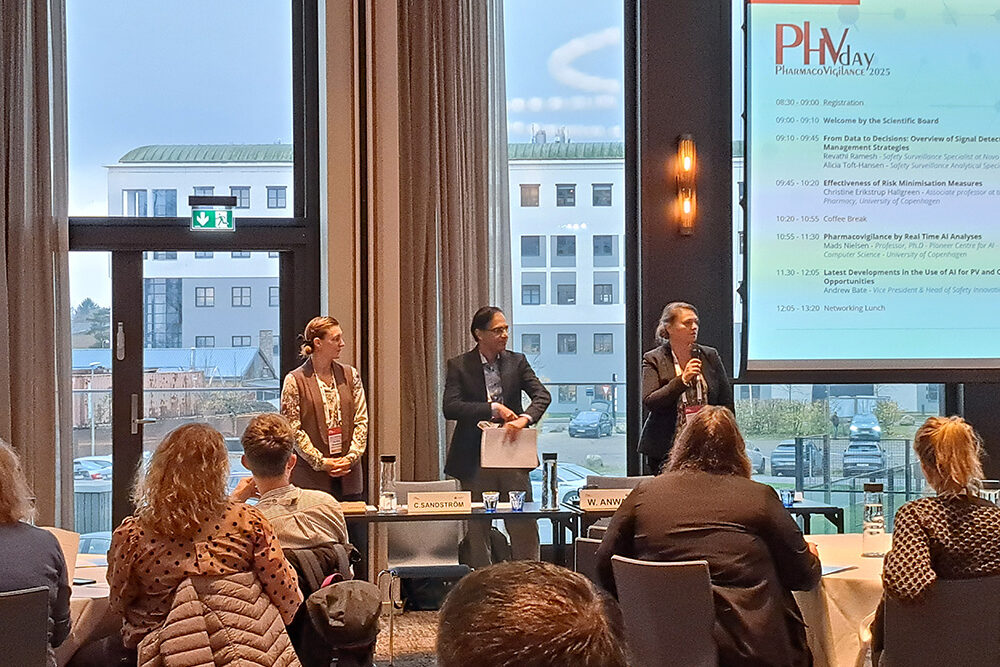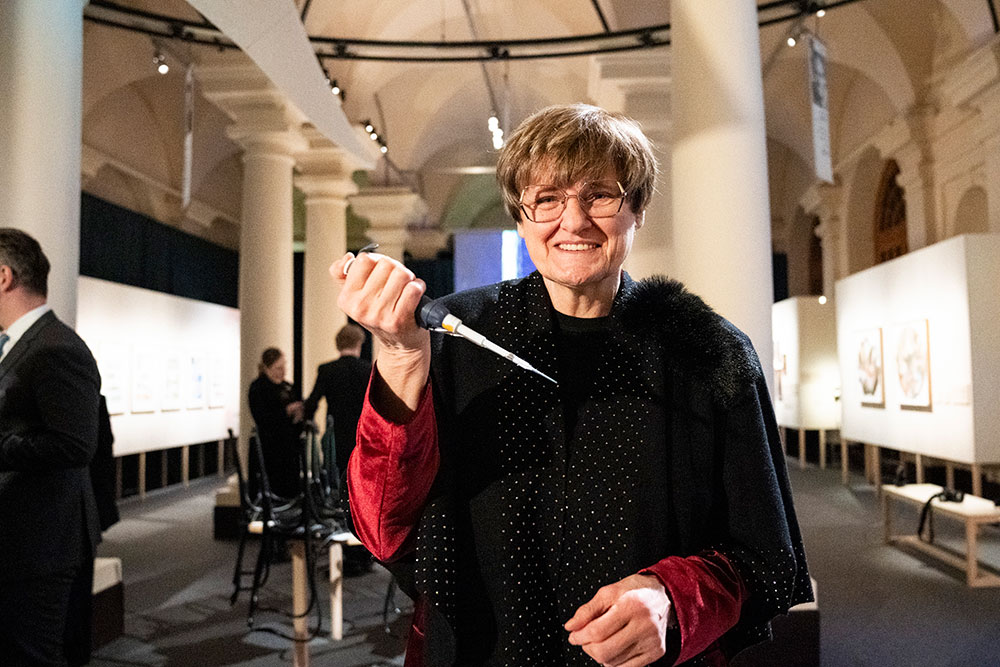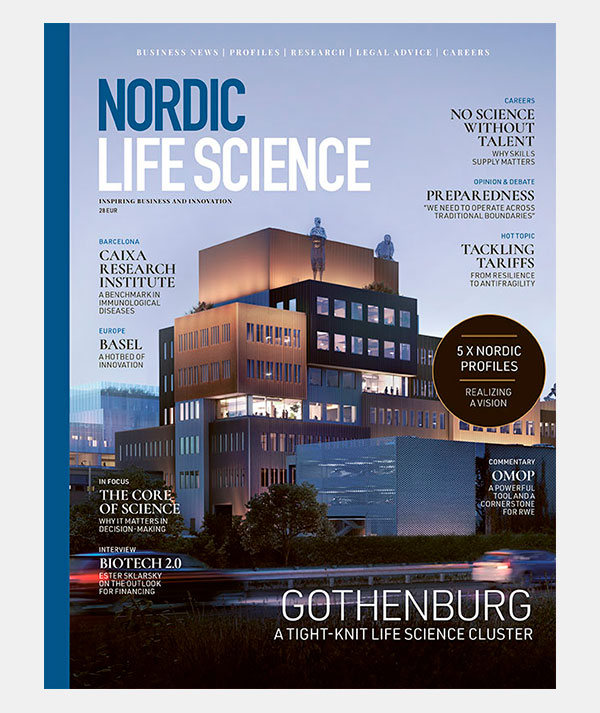A family tree for the cells of the nervous system and the inner ear

Researchers at Karolinska Institutet have developed a method that shows how the nervous system and sensory organs are formed in an embryo.
“Our study shows how different cell types arise from stem cells in the embryo and how they are organized to create important structures in the brain,” stated Emma Andersson, docent at the Department of Cell and Molecular Biology, Karolinska Institutet in a press release. “You could say that we have created a family tree for the cells of the nervous system and the inner ear.”
A genetic “barcode”
The researchers used a technique where they injected a virus into mouse stem cells at an early stage of development. The virus contained a genetic ‘barcode’ that was integrated into the DNA of the stem cells and then inherited as the cells divided. By following this code, the researchers could track how the cells developed into different types of neurons and cells in the inner ear.
New treatments for hearing loss
The results showed that cells in the inner ear, which are crucial for hearing, develop from two main types of stem cells. This knowledge could lead to new treatments for hearing loss, according to the scientists.
“It can help us find new ways to repair or replace damaged cells in the inner ear,” says Andersson.
The team
Emma Andersson led the study with Jingyan He, a postdoctoral fellow, and Sandra de Haan, a former PhD student in Emma Andersson’s research group. The research was funded by Karolinska Institutet, the European Union, the Erling-Persson Foundation, the Swedish Research Council, the Knut and Alice Wallenberg Foundation, the Hearing Research Fund, Horizon Europe and Wallenberg Bioinformatics Support. Co-author Jonas Frisén is a consultant for 10x Genomics. No other conflicts of interest are declared.

Other parts of the nervous system
The team now plans to use the method to study other parts of the nervous system, but also how the rest of the body develops. They hope their work will lead to new insights and treatments for various genetic and developmental diseases.
Published: April 4, 2025












